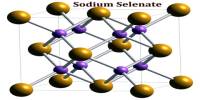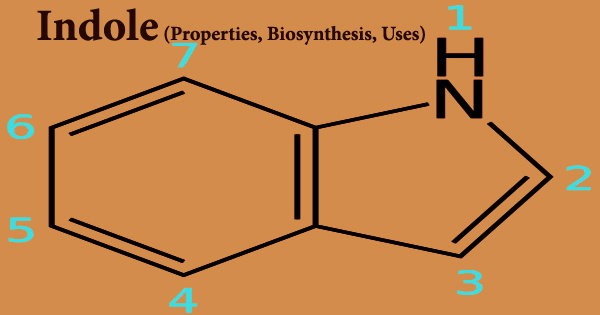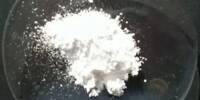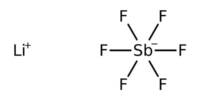Amorphous silicon (a-Si) is a non-crystalline type of silicon that is utilized in solar cells and thin-film transistors in liquid crystal displays. It is a non-crystalline, disordered silicon. Amorphous silicon lacks a recurring, long-range atomic arrangement, unlike crystalline silicon, which has a highly organized atomic structure. Its atoms are instead randomly organized, comparable to the structure of glass or other amorphous materials.
As a second-generation thin-film solar cell technology, amorphous silicon was once expected to be a major contributor to the rapidly growing global photovoltaic market, but it has since faded due to strong competition from conventional crystalline silicon cells and other thin-film technologies such as CdTe and CIGS. It is a preferred material for the thin film transistor (TFT) elements of liquid crystal displays (LCDs) and for x-ray imagers.
Here are some key characteristics and applications of amorphous silicon:
- Electrical Properties: It has different electrical properties compared to crystalline silicon. It is typically used as a semiconductor material in thin-film transistors (TFTs) for liquid crystal displays (LCDs) and thin-film solar cells.
- Optical Properties: It can be engineered to have specific optical properties, making it useful in applications such as photodetectors and light-emitting diodes (LEDs).
- Flexible and Lightweight: Thin-film technologies based on amorphous silicon can be deposited on flexible substrates, allowing for the creation of lightweight and flexible electronic devices. This makes it suitable for applications like flexible displays and solar panels.
- Solar Cells: Amorphous silicon solar cells, often referred to as thin-film silicon solar cells, are used to convert sunlight into electricity. While they have some advantages, such as being lightweight and cost-effective to manufacture, they generally have lower efficiency compared to crystalline silicon solar cells.
Application
It is deposited in thin films onto a variety of flexible substrates, such as glass, metal, and plastic, as a semiconductor material for a-Si solar cells, or thin-film silicon solar cells. Amorphous silicon cells are notoriously inefficient.
LCDs, such as computer monitors, televisions, and smartphones, frequently use amorphous silicon TFTs. These transistors are responsible for controlling the individual pixels on the screen, allowing for fine color and brightness control. Because of its outstanding X-ray absorption capabilities, it is utilized in several medical imaging systems, like as flat-panel X-ray detectors.
Amorphous silicon varies from other allotropic varieties such as monocrystalline silicon, which is made up of a single crystal, and polycrystalline silicon, which is made up of microscopic grains known as crystallites.
Despite its advantages, amorphous silicon also has limitations, including lower carrier mobility compared to crystalline silicon, which can affect the performance of electronic devices. However, ongoing research and development efforts aim to overcome these limitations and expand the range of applications for amorphous silicon-based technologies.















